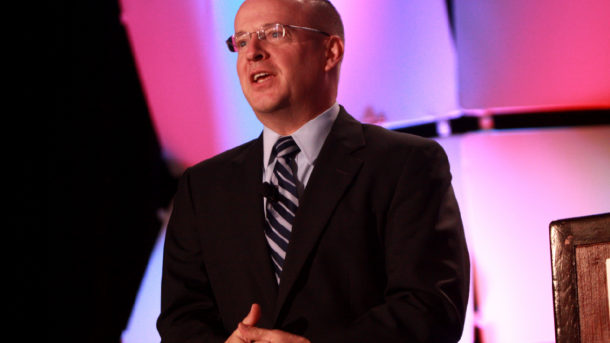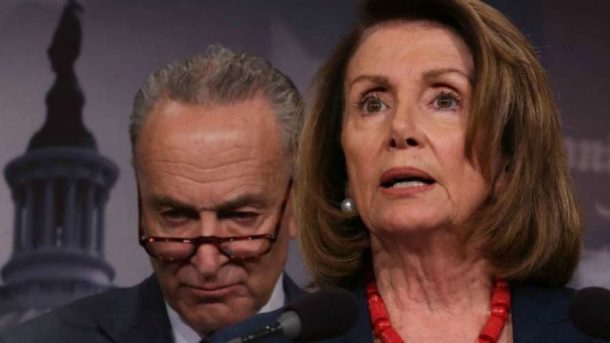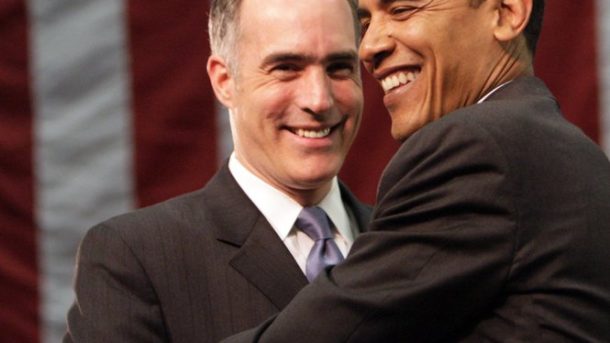How Out-of-Touch Are Big Labor Bosses?
Despite the fact it is now clearly helping increase workers’ spendable incomes, top AFL-CIO boss Richard Trumka claims workers are somehow being “hurt” by the tax cut package adopted late last year. Credit: Mike Segar-Reuters Union Officials Fume as American…








